Yosemite National Park is one of the most beautiful places in the USA.
This California treasure has over 3 million visitors annually coming from all over the world to marvel at this national park.
In Yosemite, you will find cascading waterfalls, large granite cliffs, sweeping meadows and the world’s largest trees. There is also loads of wildlife and things to do in Yosemite.
Yosemite likely caught your eye on social media. When it comes to doing some advance planning your trip you’re probably wondering what you should know before going to Yosemite.
Don’t worry, we’ve got you covered with all the info you need to have a great trip to this California paradise.
Quick Facts About Yosemite:
- Yosemite entrance fee:
- $35 USD per non-commercial vehicle for 3 day pass
- $30 USD per motorcycle for 7 day pass
- $70 USD Yosemite annual pass
- Yosemite reservation requirements:
- In 2022, between May 20 and September 30 Yosemite National Park requires a reservation between 6 am – 4 pm
- Entrance hours:
- All entrances are open 24 hours a day 7 days a week except Hetch Hetchy (open 8 am – 5 pm and often closed in winter)
Interesting Yosemite Facts:
- Yosemite National Park is huge (almost 760,000 acres), but doesn’t even break the top 10 National Parks of the USA in terms of size.
- Yosemite became a national park in 1890 mainly due to pressure from the famous Scottish-American explorer John Muir.
- Yosemite National Park is the only place in the world where Giant Sequoia trees are found
- Even though Yosemite is 768,000 acres most of the nearly 4 million tourists it receives a year only visit a 4,480 square acre area of the park
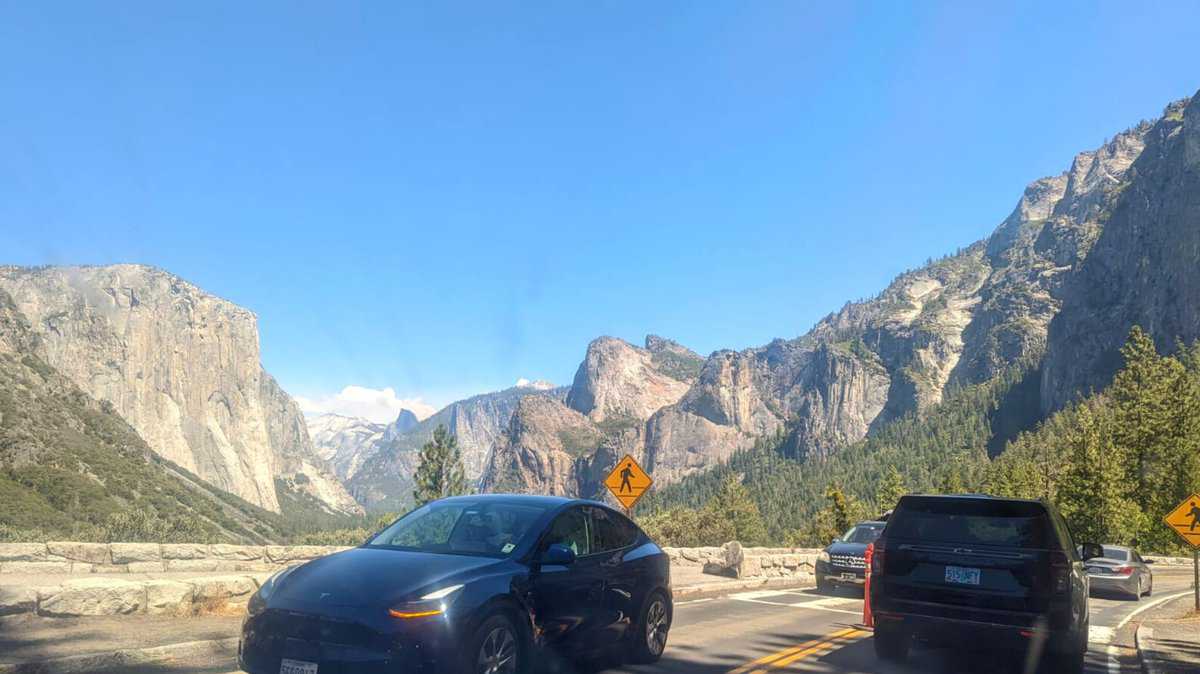
Best Time To Visit Yosemite
The best time to visit Yosemite will depend on what you’re wanting to experience.
Seasons and daily temperatures can change quickly in higher elevations in Yosemite. Even in May in Yosemite, there is still a chance of snow at higher elevations.
By far the most popular time of year to visit Yosemite is in the summer months, June through August. The warm summer temperatures allow for optimal hiking conditions.
Most of the snow has melted throughout the park allowing alpine roads, such as Glacier Point Road, to open and allow better accessibility through the park.
If you’re wanting to catch the leaves changing colors in Autumn you should plan to visit in October.
Just keep in mind that the weather in Yosemite in October can range from 70 ℉ to around 41℉ at night.
Camping in Yosemite can be done all year round but will require cold weather gear in winter. Temperatures can get to below 26℉ at night in December and January.
How To Get Around Yosemite
There are a few main ways to get around Yosemite: by car, foot, and shuttle. Each way has its pros and cons.
One of the most popular Yosemite activities is hiking. It’s one of the best ways to connect to nature and push your body. You’ll be able to hike over 800 miles of designated trails in Yosemite.
These range from easy family friendly hikes (there are even some wheelchair accessible paths) to vertical rock climbing (like the Dawn Wall at El Capitan).
Yosemite National Park is quite a car friendly National Park. There are designated road systems that connect different parts of the National Park.
Parking can be difficult to find during high peak times of the day, depending on which month you’re visiting.
If you don’t want to deal with parking let the YART shuttle take you around Yosemite National Park.
This is a shuttle bus that has 4 different routes that start from outside Yosemite National Park.
Best Sites In Yosemite
There are countless reasons to visit Yosemite National Park, but for many visitors, the top priority is seeing some of the best sites the park has to offer.
From towering waterfalls to majestic mountain views, Yosemite is home to some of the most incredible natural wonders in the world.
While it would be impossible to see everything in one visit, here are just a few of the top sites that should be on your list:
- Half Dome: First on any Yosemite must-see list is Half Dome, one of the park’s most iconic landmarks. Standing at over 4,700 feet, Half Dome is a challenge for even the most experienced hikers, but the views from the summit are more than worth the effort.
- Mirror Lake: For those looking for a more leisurely hike, Mirror Lake is a beautiful spot for a picnic or simply taking in the reflections of Half Dome and Mt. Watkins in the calm waters.
- Yosemite Falls: No visit to Yosemite would be complete without seeing Yosemite Falls, one of the tallest waterfalls in North America. A short hike from Yosemite Village will take you to the base of the falls, or for even better views, continue on to Upper Yosemite Fall.
- Glacier Point: And for something truly unique, head to Glacier Point and watch as giant rocks appear to “weep” as they slowly drip down the cliff face.
These are just a few of the best sites Yosemite National Park has to offer. With so much to see and do, it’s no wonder this park is one of America’s favorite vacation destinations.
Wildlife In Yosemite
You can expect to see a wide variety of wildlife in Yosemite, some may surprise you.
If you’re a bird lover you’ll be happy to know there are over 260 bird species in Yosemite National Park.
Due to the drastic variance in elevation in different parts of Yosemite, there are species of birds that vary between different regions in the park.
Some of the more exciting animals in Yosemite include Black Bears, Bighorn Sheep, Mountain Lions, and Red Fox.
Mountain Lions in Yosemite have been studied and 18 have been identified.
Further research suggested that this 1169 square mile National Park has a mountain lion every 25 square miles.
If you run into one (chances are slim) make yourself as big as possible, don’t run and throw rocks and sticks at it.
There are approximately 300 – 500 Black Bears in Yosemite National park.
If you decide to camp at Yosemite you should ensure your food is stored properly and not leave it out for scavengers.
Best Viewpoints In Yosemite
Yosemite shows off its stunning wilderness landscape through many stunning viewpoints throughout the park.
There will be tons of places to pull your car off to get epic views of Yosemite. The most popular viewpoints include:
- Tunnel View: This is one of the most popular viewpoints in Yosemite. A part of the Yosemite Valley means this classic Yosemite viewpoint is accessible all year round. From here you can see many top Yosemite sites like El Capitan, Bridalveil Falls and Half Dome.
- Glacier Point: Glacier Point is one of the most epic viewpoints in Yosemite While the road to this viewpoint is only accessible in the summer months, that makes this stunning view that much more exclusive. Getting to this viewpoint involves a mere half mile walk from the parking area.
What To Do In Yosemite In The Summer
Summertime is one of the best times to visit Yosemite. The warm weather allows safer access to Yosemite’s many peak locations.
Summer in Yosemite is packed full of things to do for kids, too.
1. Get Active
Yosemite is an outdoor paradise that attracts adventure enthusiasts from across the globe.
For many, a good part of Yosemite’s appeal is the scenic trails and large granite cliffs. Looking at the top sites is great, but immersing yourself in them is even better.
Due to the alpine conditions in Yosemite, most hiking and climbing trails, specifically alpine ones, are only possible in warmer months between May and October.
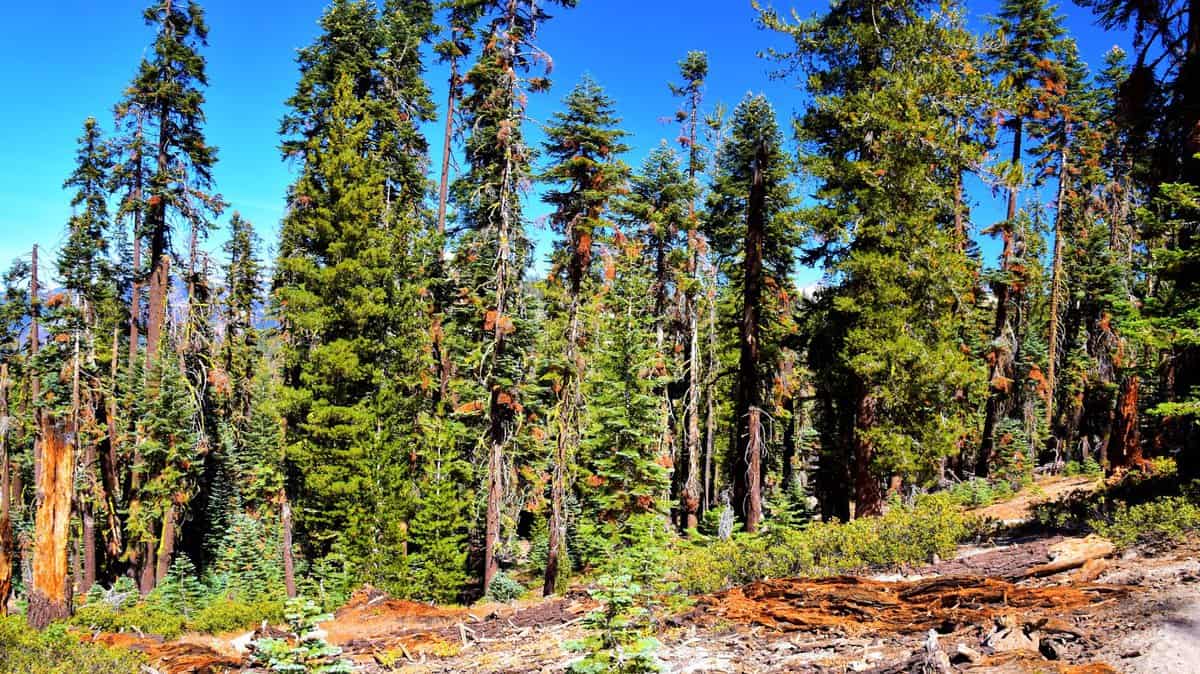
2. Hiking
Yosemite is a hikers’ paradise with so many trails to explore. From meadow walks to steep cable-secured hikes, Yosemite National Park is home to it all.
Here are just a few of the best hikes in Yosemite:
- Half Dome Trail: Starting with the toughest hike on the list, hiking Half Dome will have you going 14 miles with 4,800ft of elevation gain. A great choice for seasoned hikers this hike should take between 10-12 hours to complete. The last section of the hike gets quite steep and has a series of cables you can use to help you up.
- Yosemite Falls Trail: Climb to the top of the falls on the Yosemite Falls Trail. This loop trail takes you 7.2 miles with an elevation gain of 2,700ft. Taking between 6-8 hours you will circle up to the top of the cliff and have a birds eye view of the falls.
- Colombia Rock: For those looking for an easier hike in the same Yosemite Falls area, consider Colombia Rock’s 2 mile hike with a mere 1,000ft elevation gain.
- Sentinel Dome Trail: Another easy 2 mile hike, Sentinel Dome Trail climbs a steady 400ft in elevation. Parking your car along Glacier Point Road, this is the ideal hike for offering stunning panoramic Yosemite Valley views without requiring a lot of energy.
- Taft Point: There is even less elevation gain at 250ft with this 2 mile hike. Taft Point begins in the same area as Sentinel Dome but goes in the opposite direction. This easy Yosemite hike allows you to bring all your heavy camera gear along because trust us – you’re going to want it for this amazing photo spot in Yosemite!
Half Dome has become such a popular trail for hiking in Yosemite that it now requires a permit to hike up the final stretch with a cable. Working on a lottery system, only 300 hikers a day are allowed up this final stretch of the mountain.
3. Rock Climbing
Yosemite has a reputation worldwide as one of the best rock climbing locations in California.
The large granite cliffs found in this park entice elite rock climbers from around the world to climb.
There are a few rock climbing areas in Yosemite with different terrains allowing for rock climbers of different experience levels:
- El Capitan: By far the most famous rock climbing area in Yosemite is the steep granite cliffs found at El Capitan. Rock climbing in El Capitan should be attempted by only the most experienced rock climbers. The steep cliffs create a roughly 3,000ft wall that is certainly not for the faint of heart.
- Half Dome: Stretching an impressive 4,700ft above the Yosemite Valley, Half Dome is one of the best-known hiking and climbing areas in the park for experienced climbers.
- Ranger Rock: One of the best beginner courses in Yosemite.

Visit The Waterfalls In Yosemite
Yosemite National Park is home to some of the most impressive waterfalls. Like most natural beauties, Yosemite’s thaw in spring and summer is when you’ll see the beauty of its waterfalls.
The best time to see waterfalls in Yosemite is in May, June and July. By August nearly all Yosemite waterfalls have dried up with only a small flow of water visible.
The best place to catch a glimpse of this Yosemite waterfall is at the Yosemite Village and Yosemite Valley Lodge. You can walk a one mile trail to the base of the waterfall.
Most of the waterfalls in Yosemite National Park are found in Yosemite Valley.
Top waterfalls in Yosemite:
- Yosemite Falls has three waterfalls that create a 2,425 foot tall waterfall. Yosemite Fall is at the top, about 1, 430 feet tall, middle cascades make up 675 feet of the falls while Lower Yosemite Fall is around 320 feet tall. The best time to see Yosemite Falls is between November – July. Peak water flowing through this waterfall will happen in May.
- Sentinel Falls is a 2, 000 foot Yosemite waterfall that has many steps of water. Each mini waterfall is between 50 and 200 feet tall and adds to the beauty of this area of Yosemite. You’ll be able to watch this waterfall march through June with the fastest rushing water around May.
- Horsetail Fall could be the most famous and photographed Yosemite waterfall of them all. Known as the Yosemite Firewall, on certain days and times of the year light will illuminate the waterfall making it look as if there was fire flowing over its edge. This waterfall Yosemite is 1 000 feet tall and is active from December through April.
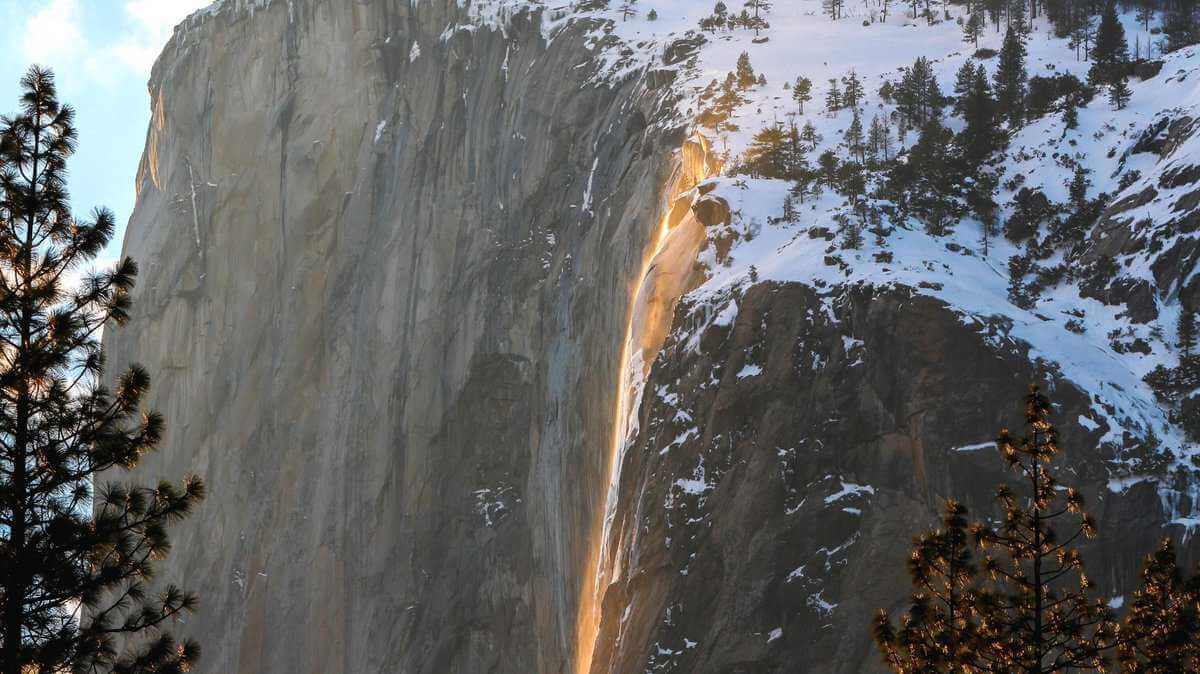
Visit Mariposa Grove Of Giant Sequoias
Giant Sequoias are the largest trees on earth and are only found in this small corner of the world.
Giant Sequoias have captured attention worldwide as the largest living things we humans know.
Giant sequoias can live for more than 3,000 years and grow about 250ft tall with a 30ft diameter.
Home to the largest sequoia grove in Yosemite, Mariposa Grove of Giant Sequoias has more than 500 mature sequoias.
This is a must visit spot, especially in the summer months where you can access the different hiking trails to walk amongst these giants.
Walk or bike through the many different trails in Mariposa Grove.
It is important to note that Sequoias are protected in this area. Pets are not allowed on any of the hiking trails in the area.
You are urged to stay on pathways when walking in the area to ensure the longevity of these ancient trees.
Explore Higher Elevations And Yosemite Viewpoints
Many higher elevation areas of Yosemite, such as Glacier Point Road, are closed in the winter months.
Take advantage of the warmer weather from the summer and drive up to these peak viewpoints for unbeatable aerial views of Yosemite.
Tioga Road is a stunning road that is closed during winter but offers some of the most scenic views of Yosemite in the summer months.
Take this road to Tioga Pass for stunning viewpoints.
What To Do In Yosemite In The Winter
Winter in Yosemite will transport you into the winter wonderland of your dreams. Ditch all the tourists and feel like you have the park to yourself by coming to Yosemite during the winter.
While parts of the national park become inaccessible during this time of year, there is still a ton to see and do in Yosemite in winter.
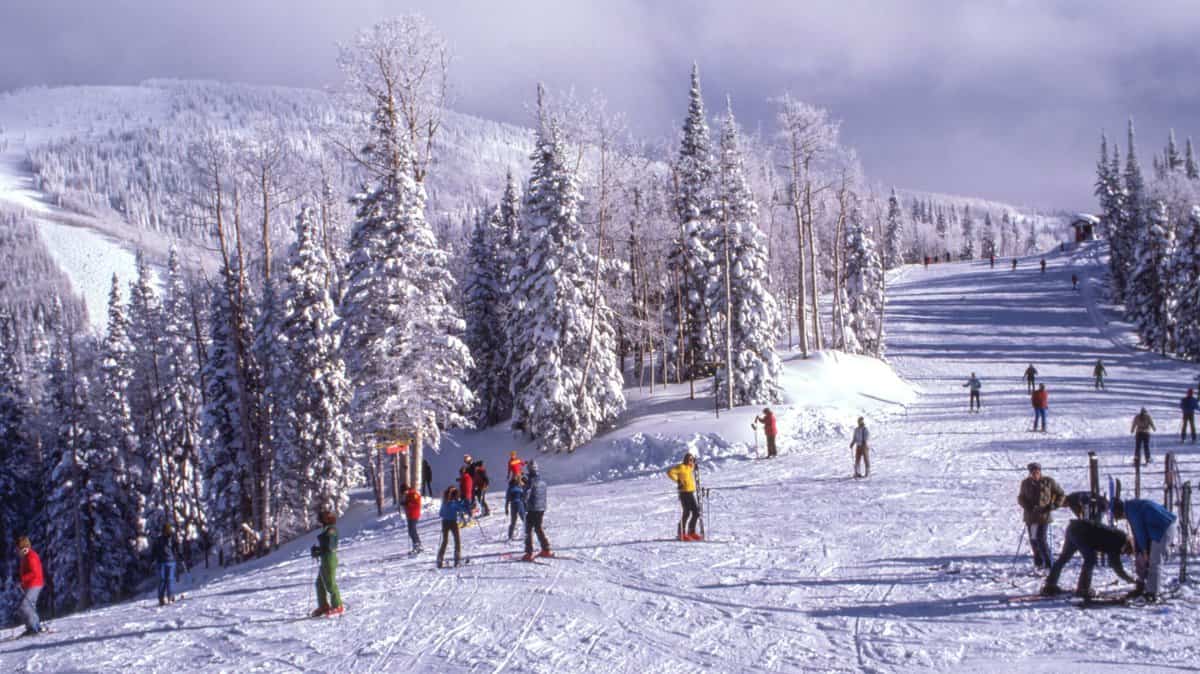
1. Go Skiing Or Snowboarding At Badger Pass
Badger Pass Ski Area is one of the best places to come for downhill skiers.
If you’re new to skiing, the mountain offers lessons and is a great spot for beginner skiers to learn. They also offer ski equipment rentals.
Badger Pass is a great area to go sledding with the family. The Yosemite ski hill is open from 9 am to 4 pm making it a great way to spend your day.
There are shuttles available to take you from other popular areas in Yosemite.
2. Snowshoeing And Cross Country Skiing
When Yosemite National Park becomes snow covered in the winter months, the hiking trails become better suited for snowshoeing.
If you don’t have your gear you can go to Badger Pass Ski Area to rent equipment.
For those looking for more of a serious adventure, snowshoeing to the top of Glacier Point is a great option. Crane Flat is a great spot in Yosemite to go cross country skiing.
Snowshoe amongst the world’s largest trees at the Mariposa Grove of Giant Sequoias.
Some of the trails in this area are accessible in the winter months. This forest in winter is one of the most beautiful sights in Yosemite.
3. Try Ice Skating Below Half Dome
If you’ve ever looked at one of those snow globes with a skating rink inside and wondered what it would be like to live there, prepare to find out.
Head to Curry Village campsite to park and buy your tickets for skating at the base of Half Dome.
This is a great family friendly winter activity. Warm up by the fire pit as you watch your family skating on the beautiful Curry Village skating rink.
4. Explore The Snow-Capped Yosemite Valley
Yosemite Valley is the most popular area in the park, no matter what time of year you visit.
Stunning valley views show the granite cliffs of Half Dome, the Merced River and other popular Yosemite sights.
Throw on an extra layer and meander through the snow covered meadows and trails in Yosemite Valley.
Where To Stay In Yosemite
The best place to stay when visiting Yosemite National Park is within the park limits itself.
No matter what kind of accommodations you’re looking for you can find them in the park. Opting for accommodations in the park can save you some valuable time.
There are a few hotels and lodges in Yosemite that you can book. While these often book up in advance and can be quite expensive, waking up in Yosemite is a great experience.
Yosemite Valley Lodge and Wawona are two good options for budget friendly accommodations in Yosemite.
Camping at Yosemite is one of the best ways to see the park. Camping spots in Yosemite should be reserved beforehand, up to 5 months ahead of time.
North Pines, Upper Pines and Lower Pines are 3 great campsite options for RVs and campers in Yosemite. Camp 4 is a great tenting campsite that is most popular amongst rock climbers.
There are also a few hike-in-only camping areas throughout the park.
If you are looking for cheaper options for accommodations, there are places to stay in Yosemite West.
At the park’s border, you will have more of a drive but the nightly costs will be much less.
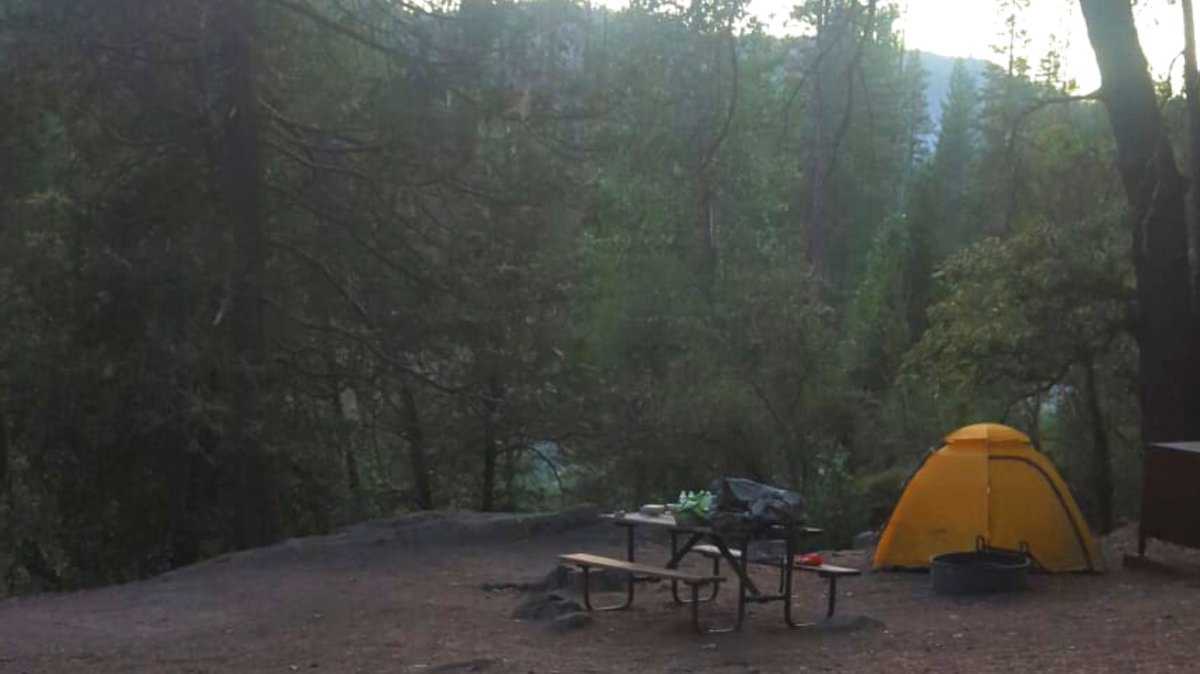
More Things To Consider When You Visit Yosemite National Park
How Many Days In Yosemite Is Enough?
It will likely feel like no amount of time in Yosemite is enough.
For the average person looking to slowly make their way through the park visiting waterfalls and some viewpoints, 2 – 3 days in Yosemite is an ideal amount of time.
If you are looking to do more in depth exploring and hiking in Yosemite, you may want to add a few more days to this.
While it is possible to see Yosemite in 1 day, you will not have time to stray far from your car and will miss a lot of great sights.
What Should I Do For My First Time At Yosemite?
There is so much to do in Yosemite, first-timers are often racking their brain wondering what you need to know before going to Yosemite.
The truth is, no matter where you go in Yosemite you will love it.
The must see spots in Yosemite include Half Dome, Tunnel View, Yosemite Valley, Valley View, Yosemite Falls, El Capitan and Glacier Point.
How Do I Prepare For Yosemite?
How you should prepare for Yosemite will greatly depend on the type of Yosemite activities you’ll want to do.
It is important to remember that while Yosemite is a national park, it is still very much outback. You will want to come prepared and dress appropriately for all hikes.
Bring a map and compass, first aid kit, water, storm gear and other important outdoor gear.
When packing for a visit to Yosemite, there are a few essential items you’ll need to bring:
- First, be sure to pack plenty of layers; the weather can change quickly in the mountains and you don’t want to be caught unprepared.
- Second, make sure you have good hiking shoes; you’ll likely want to explore some of the many trails in the park.
- Third, don’t forget your camera! Yosemite is home to some of the most beautiful scenery in the world.
- Finally, pack snacks and plenty of water; there’s nothing worse than being hungry or thirsty on a hike.
Don’t forget to make your reservations in advance!
What To Know Before You Visit Yosemite
Yosemite can be a very extreme environment. High elevations, specifically in areas like Glacier Point, can pose some altitude challenges like shortness of breath.
This can affect even experienced hikers. Yosemite also experiences extreme weather conditions.
Summers are dry and hot and in some areas, you can be quite exposed to the elements.
Winters on the other hand receive heavy snowfall and cold winter conditions that lead to many road closures in the park.
Thanks for reading! I hope this article helped to confirm all the things you should know before going to Yosemite so you are prepared for your next trip.
Let me know about your latest trip to Yosemite in the comments below.





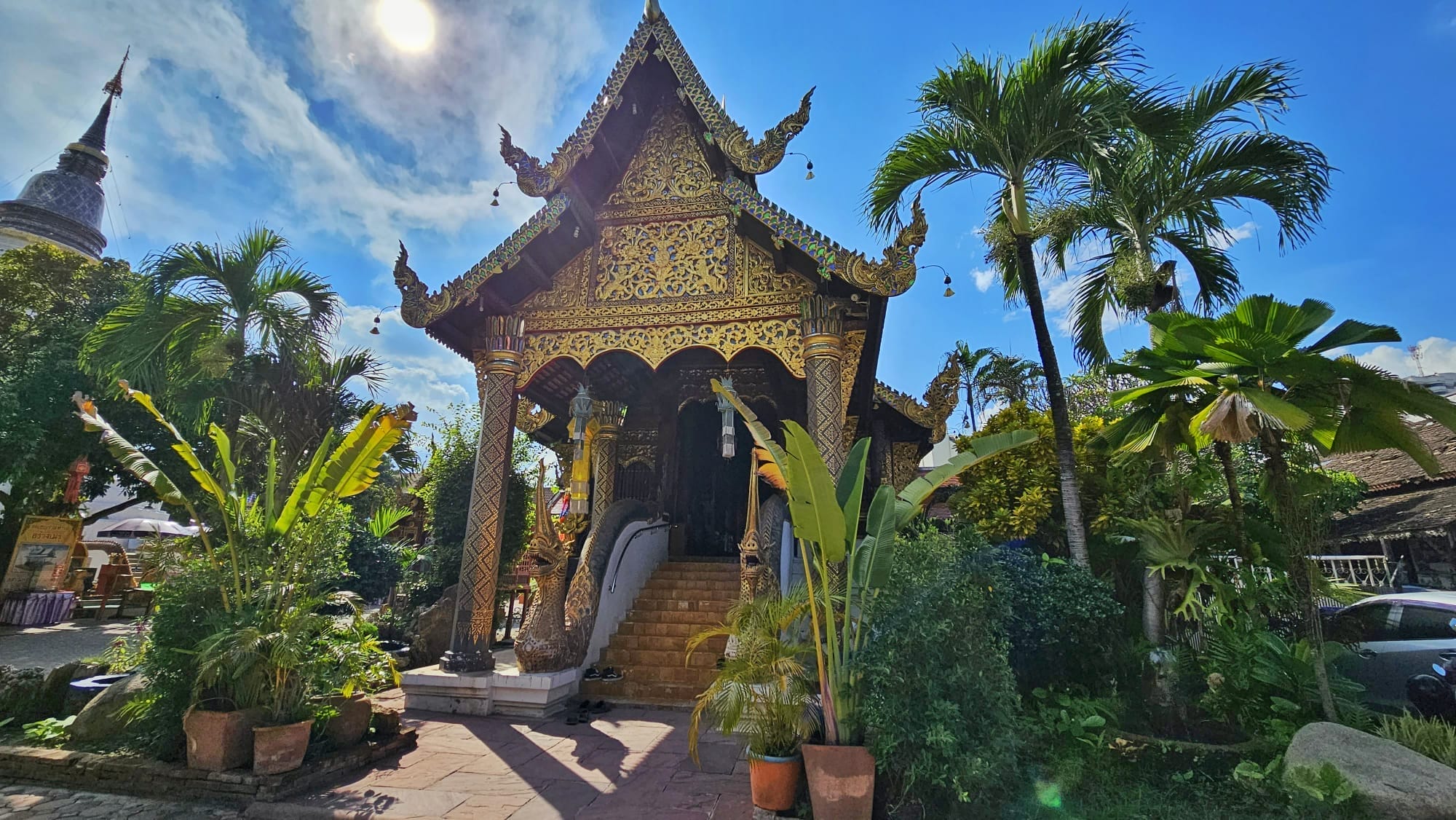
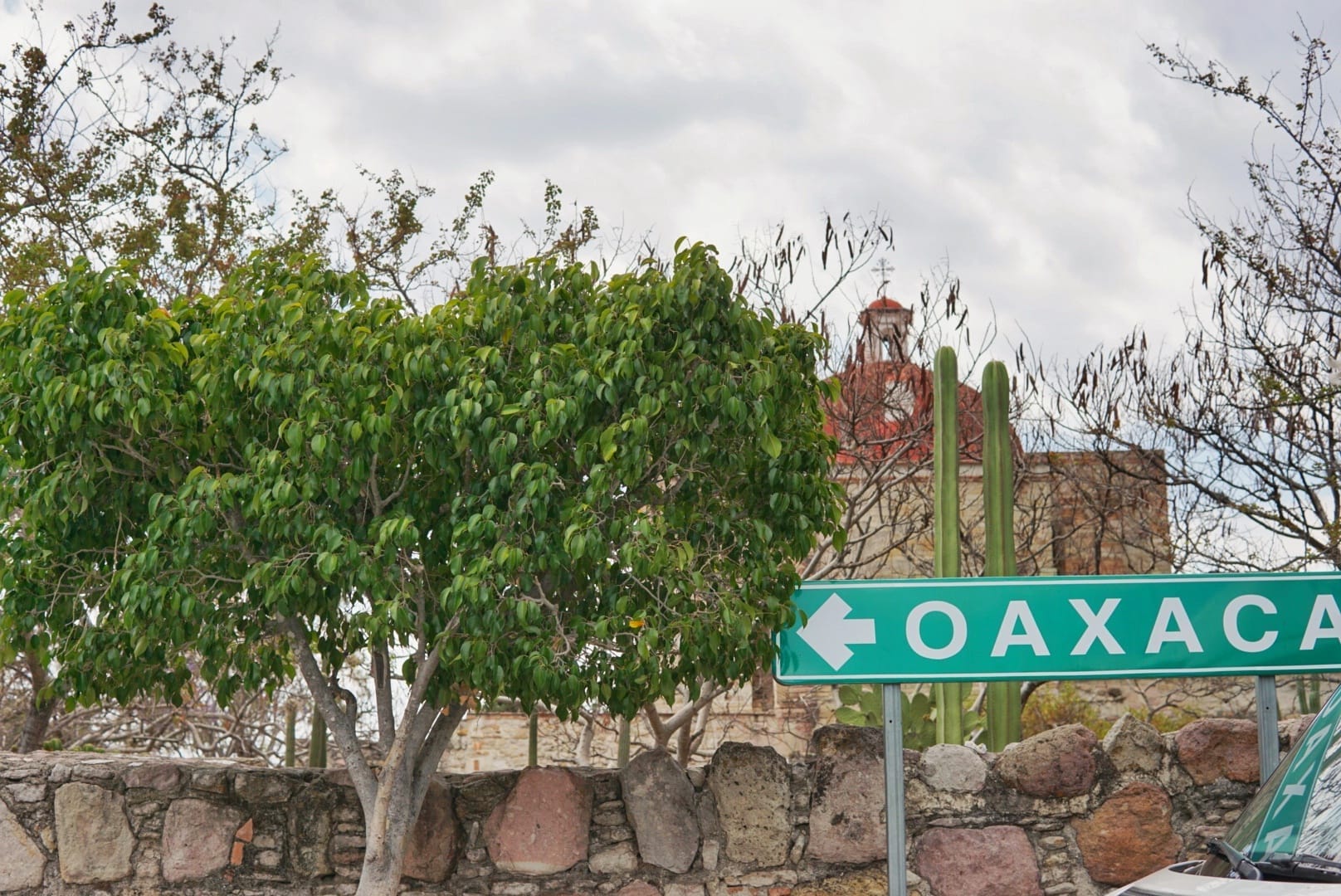
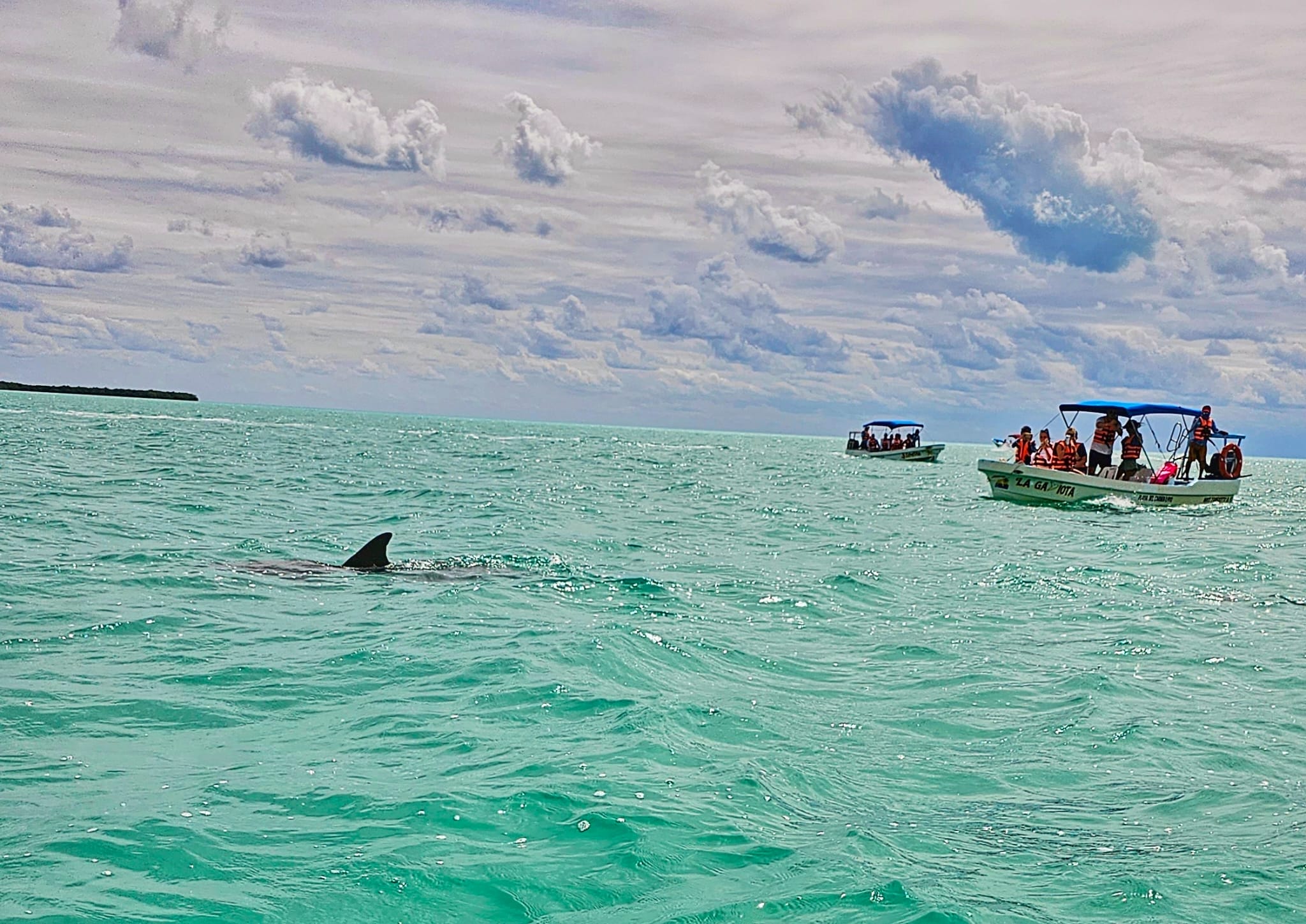




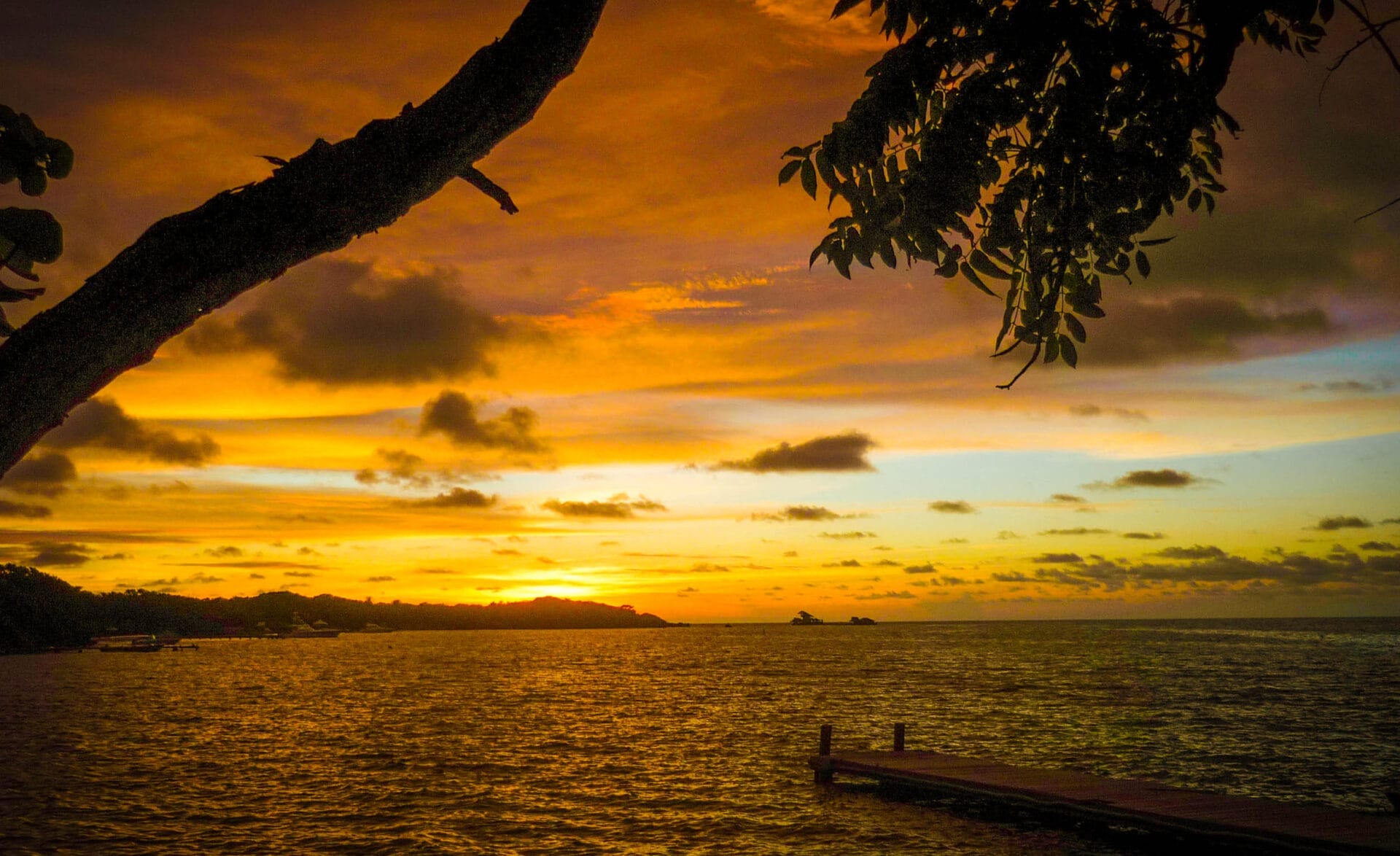

Leave a Reply